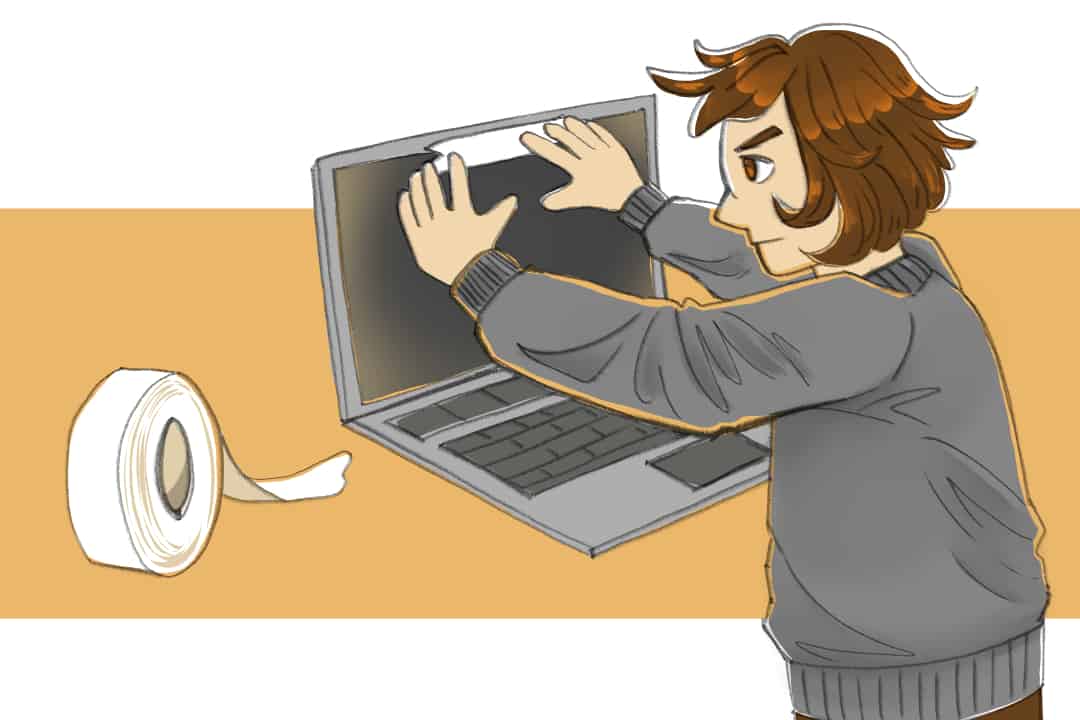Virtual learning is a struggle as it is, but with the added expectations of Zoom and Blackboard Collaborate, it teeters on the edge of becoming unbearable. It has been almost a year since postsecondary institutions switched to virtual classes, and professors need to understand that classes are not getting any easier.
While it’s understandable that professors enjoy seeing students when delivering their lectures, they tend to overlook that turning on cameras can prove to be uncomfortable for some students. Professors should not force their students to turn their cameras on by allocating marks toward participation to entice them. Turning one’s camera on should not dictate a student’s grade in the course, and the expectation that, as students, we need to have them on is unrealistic.
Professors should be mindful of the very real phenomenon of Zoom fatigue. This fatigue is a result of spending an extended period of time on virtual modes of communication. Sitting behind a screen for hours upon hours doing readings, attending lectures, and writing assignments and midterms is mentally and physically exhausting.
The additional expectation for students to turn their camera on fails to take into account that it is easier said than done. We all live in different environments, and expecting students to let others see their background and home is awkward and uncomfortable to say the least. Professors need to recognize that, as a result of the lockdowns that have been issued, students are working from home alongside other family members.
As such, the expectation to have the camera turned on not only intrudes on the personal space of the students, but also on their family members. As a Muslim woman who wears the hijab — the traditional covering of hair and neck — being put on the spot to turn on my camera is simply not an option. Professors need to recognize that living environments and habits differ, and they must accommodate accordingly.
A recent article published by CBC examined the effects of Zoom fatigue. According to the article, numerous hours on video conferencing applications is often tiring because users “feel like they’re performing for the camera more than they would while meeting colleagues in person.” This same idea extends to students who feel the need to maintain their appearances for many hours of online classes.
If professors truly want to see us and hear what we have to say, they need to work to make their classes more interactive rather than in the style of a lecture that doesn’t require much engagement. Allowing students to engage with the information being presented to them makes the hours behind the screen worth it. In doing so, professors may help alleviate the Zoom fatigue that results from many hours of online classes.
Additionally, professors need to be patient with students. They need to trust that students who do not have their cameras on are still listening. Even if they are not engaging, that does not mean that they are not present. Let students feel comfortable rather than forced to turn their cameras on. It’s a slow process, and professors should not assume that students are comfortable turning their cameras on after only a couple of classes.
Online classes and the etiquette that surrounds them are things that we are still struggling to come to terms with. In the meantime, it is important that professors extend grace to their students and give them room to create comfort in what could already be an uncomfortable learning environment.
Basmah Ramadan is a third-year international relations, equity, and political science student at University College. She is the University College director for the University of Toronto Students’ Union and the vice-president social advancement for the Muslim Students’ Association.


